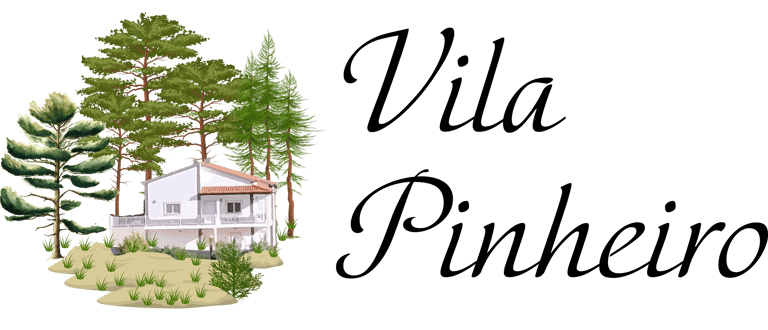

Design 07: Vila Pinheiro – Ayurvedic Food Forest Design
This design explores the creation of an Ayurvedic Food Forest at Vila Pinheiro, using traditional Indian ecological wisdom fused with modern permaculture techniques. The project is grounded in the GoSADIMET framework, and draws heavily on Vrikshayurveda—an ancient science of plant life from Ayurveda—alongside seasonal dietary patterns and healing practices. It maps out a regenerative and culturally aligned ecosystem, offering food, medicine, shade, and spiritual nourishment to the land’s stewards and the wider community.
The forest is structured around the Ayurvedic concept of balance, tailoring plant guilds and layers to support the doshic needs (Vata, Pitta, Kapha) and seasonal flows. Each layer—from canopy trees to rhizomes—is chosen based not only on ecological function but also therapeutic value, soil restoration ability, and cultural relevance. Over 100 species are catalogued with their Ayurvedic attributes, including rasa (taste), virya (potency), and vipaka (post-digestive effect). Trees like neem, amla, jackfruit, and moringa serve as nutrient accumulators, medicine, and food. Herbs like tulsi, ashwagandha, and turmeric bring immune support and soil vitality.
Planning tools include seasonal cropping calendars, Ayurvedic food charts, and polyculture guild templates. Implementation phases begin with pioneer species, followed by support plants, and climax in a multi-strata forest designed to evolve over decades. Rainwater harvesting, swales, and microclimate buffers are incorporated to support resilience. Companion planting, mulching, and no-dig beds underpin the forest’s structure. The system promotes self-renewal, biological diversity, and emotional wellbeing.
This food forest is not a static garden—it is envisioned as a living being, evolving in harmony with the rhythms of nature and the cultural practices of those who tend it. Designed to feed the body and the spirit, it supports seasonal cooking, herbal healing, and ritual use. The project encourages community learning, hosting workshops and participatory planting events.
Ultimately, this design proposes a regenerative model where Ayurveda informs everything from species selection to ecosystem planning. It shows how deeply rooted traditional knowledge systems can restore health to people and landscapes alike. The Ayurvedic Food Forest becomes a sanctuary—a space where healing, nutrition, and ecological regeneration are seamlessly intertwined.
Document Details:
Framework/s: GoSADIMET
Focus: Ayurvedic Food Forest Design
Tools: Ayurvedic Rasa Charts, Zone Mapping, Plant Guild Templates
Document Format: PDF
Total Length: 108 pages
Estimated Read Time: 256 minutes
File Size: 6.75 MB
